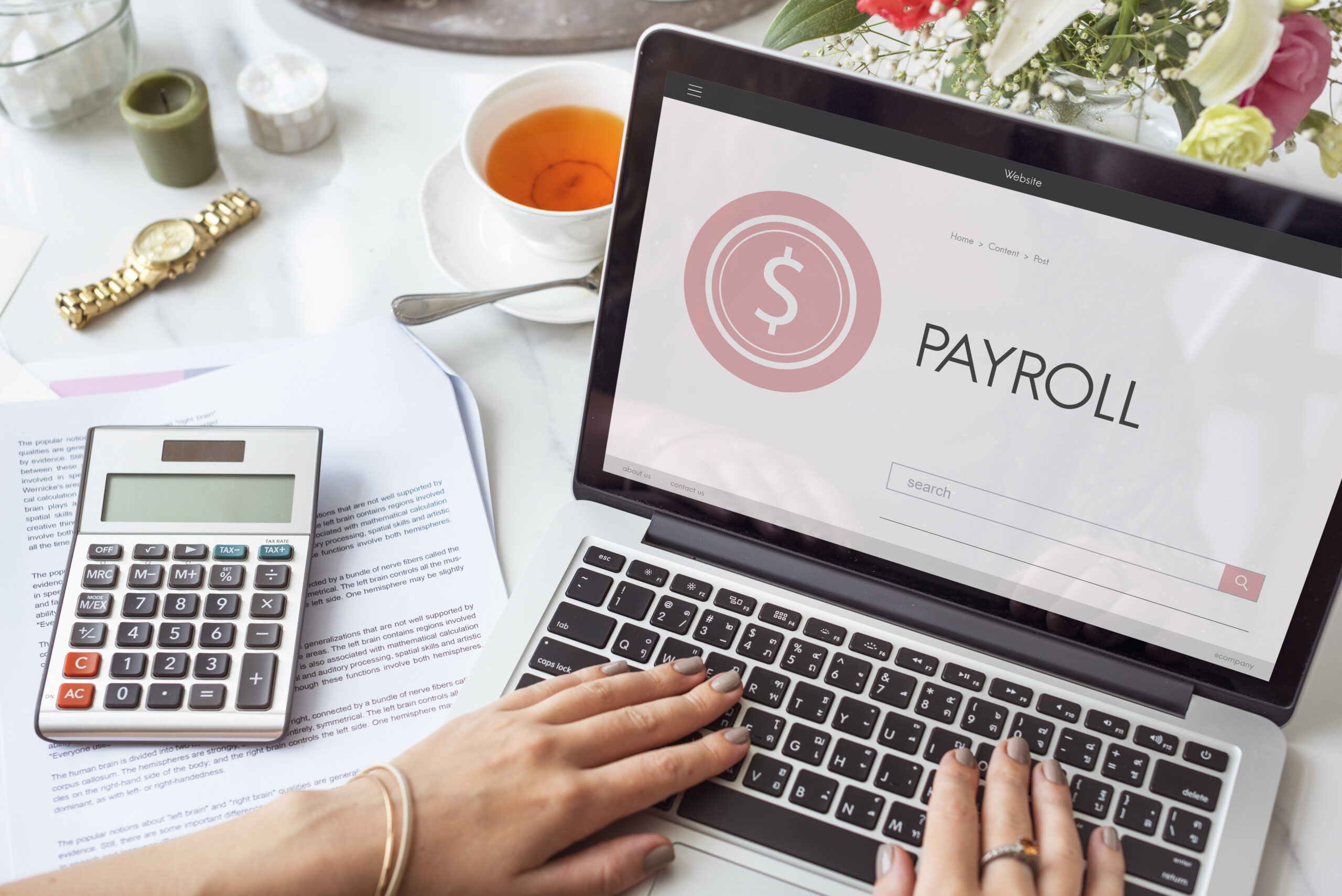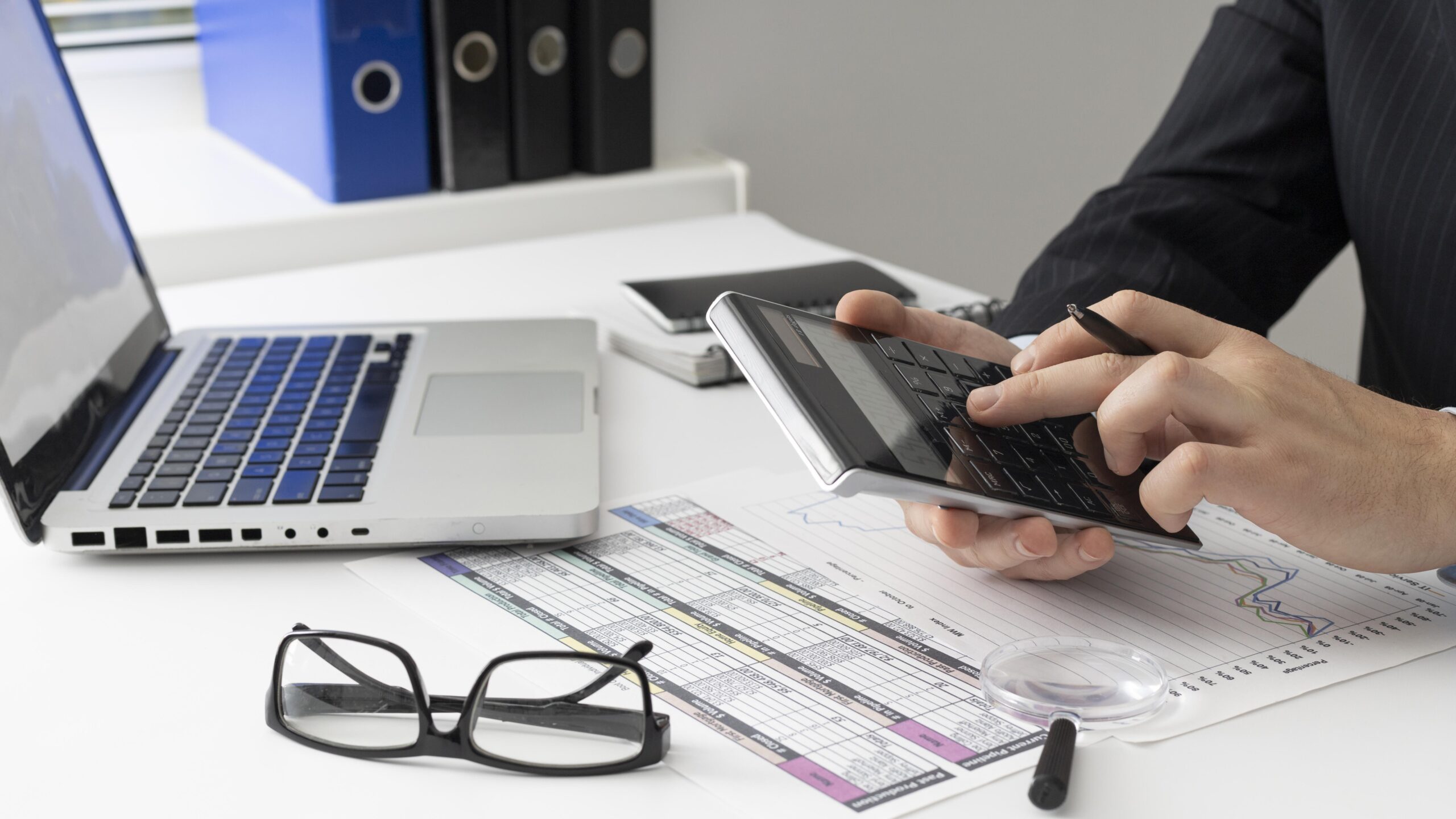Tips for Accountants to use Self Assessment Software

Self assessment tax filing can be a complex and time-consuming process for accountants in the UK. However, the use of HMRC-recognised self assessment software can significantly make this task easy and improve efficiency. By leveraging the right self assessment software, accountants can ensure compliance, improve client service, and optimise their practice’s operations.
In this blog, we will explore some practical tips that can help accountants use self assessment software more effectively to file taxes in the UK. From integrating with accounting practice management systems to utilising automation and cloud-based features, these tips will equip you with the knowledge and strategies to easily navigate the self assessment landscape.
Whether you’re a seasoned practitioner or new to the field, this blog will provide you with valuable insights and actionable advice to improve your self assessment software usage and deliver exceptional service to your clients. Let’s find out how self assessment software can make an easy tax filing process.
What is Self Assessment Software?
Self assessment software is a digital tool designed to make a easy process of filing tax returns in the UK. It automates various tasks involved in the tax filing process, such as calculating tax liabilities, identifying eligible deductions and credits, and submitting returns directly to HM Revenue and Customs (HMRC).
This software is particularly useful for accountants and tax professionals, as it helps them efficiently manage their clients’ tax affairs. By integrating with accounting systems and providing features like error checking and automatic updates, self assessment software makes an easy tax filing workflow and ensures compliance with the latest tax regulations. Using this software can help accountants save time, reduce errors, and provide more value to their clients.
Tips for Accountants to Use Self Assessment Software Efficiently
As an accountant in the UK, efficiently managing the tax filing process for your clients is crucial. Self assessment software can be a powerful tool to do this task, but it’s important to use it effectively. Here are some tips to help you make the most of self assessment software:
1. Choose HMRC-recognised Self Assessment Software
When selecting self assessment software, it’s essential to choose a HMRC-recognised solution. This ensures that the software is compliant with the latest tax regulations and can seamlessly integrate with HMRC’s systems.
- Ensure Compliance: HMRC-recognised self assessment software is designed to meet the agency’s strict requirements, helping you stay compliant with tax laws and avoid penalties.
- Direct Submissions: These software solutions often offer direct submission capabilities, allowing you to file tax returns directly with HMRC without the need for manual intervention.
- Benefit from Automatic Updates: HMRC-recognised self assessment software is regularly updated to reflect changes in tax laws and regulations, keeping you and your clients informed and up-to-date.
2. Organise Your Documents Digitally
Efficient document management is key to a smooth tax filing process. Leverage the digital capabilities of self assessment software to make an easy document organisation.
- Digitise Client Records: Scan and upload all relevant financial documents, such as invoices, receipts, and bank statements, into the self assessment software. This creates a centralised, easily accessible digital archive.
- Encourage Client Collaboration: Provide clients with secure access to the software, allowing them to upload their documents directly. This promotes collaboration and ensures that you have all the necessary information at your fingertips.
- Utilise Cloud Storage: Choose a self assessment software that integrates with cloud storage solutions, such as Google Drive or Dropbox. This allows you to access client documents from anywhere, improving your mobility and flexibility.
3. Integrate with Accounting Practice Management Systems
Seamless integration between your self assessment software and your accounting practice management system can significantly improve your efficiency.
- Data Transfer: By integrating the self assessment software with your practice management system, you can automatically transfer client information, reducing the risk of manual data entry errors.
- Centralise Client Records: Consolidating client data in a single platform ensures that you have a comprehensive view of each client’s financial information, making it easier to provide accurate and personalised tax advice.
- Improve Workflow Efficiency: Integrated systems allow you to manage the entire tax filing process, from client onboarding to return submission, within a single interface, saving time and reducing administrative tasks.
4. Automate Workflow
Self assessment software often comes with powerful automation features that can help you to make your tax filing processes easy.
- Automate Tax Calculations: Look for self assessment software that can automatically calculate tax liabilities, ensuring accuracy and reducing the risk of errors.
- Leverage AI-Powered Suggestions: Some self assessment software utilises artificial intelligence to provide personalised tax planning recommendations, helping you identify potential savings and optimise your clients’ tax positions.
- Automate Reminders and Notifications: Automated reminders and notifications from the self assessment software can help you and your clients stay on top of important deadlines, reducing the likelihood of missed submissions.
5. Maintain Accurate and Up-to-Date Records
Keeping client records accurate and up-to-date is essential for efficient tax filing. Self assessment software can help you maintain data integrity.
Regularly Reconcile Records: Use the self assessment software to regularly reconcile client financial records, ensuring that all transactions are accurately reflected.
Encourage Timely Client Submissions: Prompt client engagement is crucial. Encourage your clients to provide financial documents and information promptly to avoid delays in the tax filing process.
6. Stay Updated on Tax Regulations
Tax laws and regulations are constantly evolving, and it’s crucial to stay informed to provide accurate advice to your clients.
- Automatic Updates: Choose self assessment software that automatically updates with the latest tax laws, regulations, and deadlines, ensuring that you’re always working with the most current information.
- Continuous Learning: Participate in training sessions and webinars offered by the self assessment software provider to stay up-to-date on new features and functionalities that can improve your efficiency.
7. Analyse Data and Generate Insights
Self assessment software can provide valuable data and insights to help you optimise your practice’s efficiency and better serve your clients.
- Use Reporting Features: Utilise the reporting and analytics capabilities of the self assessment software to gain insights into your clients’ tax profiles, identify planning opportunities, and make informed decisions.
- Identify Trends and Patterns: Analyse the data collected through the self assessment software to spot trends and patterns, allowing you to proactively address your clients’ needs and provide more personalised tax advice.
- Optimise Practice Efficiency: Use the insights gained from the self assessment software to identify areas for improvement within your practice, such as workflows or reallocating resources.
By following these tips and leveraging the power of self assessment software, you can streamline your tax filing processes, improve accuracy, and deliver exceptional service to your clients in the UK.
If you’re an accountant in the UK looking for self assessment software, Nomi offers a comprehensive platform to meet your needs. Nomi’s self assessment software is designed to help you to make your tax filing processes easy, improve efficiency, and deliver exceptional service to your clients.
To learn more about how Nomi’s self assessment software can benefit your practice, you can request a free trial or book a demo with one of our experts. We will be happy to walk you through the features and capabilities of the software and answer any questions you may have.
Want to find out more?
Register for a free 14-days trial or book a 1:1 demo and see how Nomi's cloud-based accounting software could help you grow your practice, become more profitable and manage your staff.

How to Submit an Employer Payment Summary (EPS) to HMRC
EPS stands for Employer Payment Summary. It is a form that employers use to report...

How to File Final Accounts to HMRC and Companies House
Final accounts are an important part of a company's financial reporting process, providing a comprehensive...

How to Apply for a UTR Number | Complete Guide to UTR Number
UTR, or Unique Taxpayer Reference, is a 10 digit number issued by HM Revenue and...

Basis Period Reform
Dear Nomi Partners, We are pleased to introduce a significant change in UK tax reporting:...